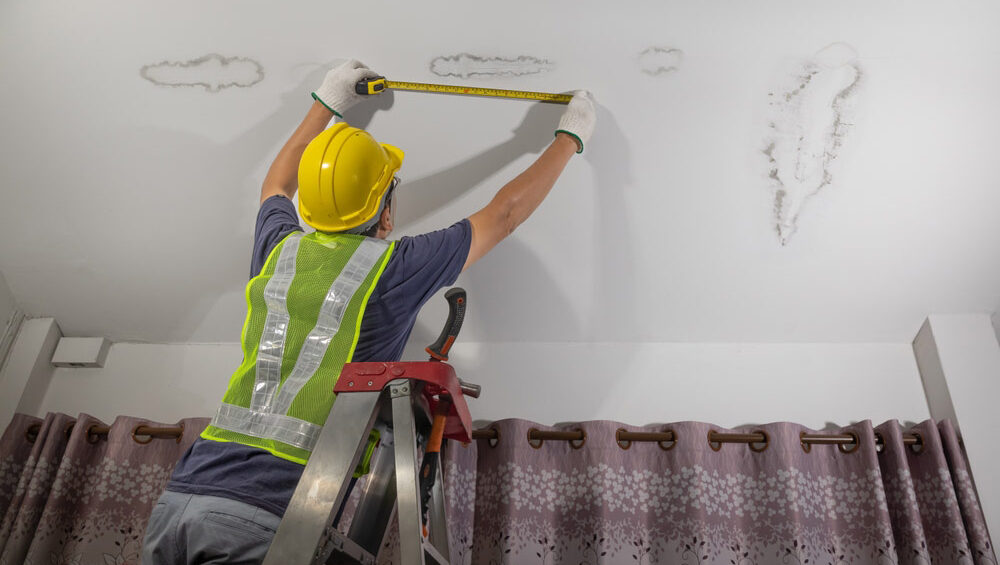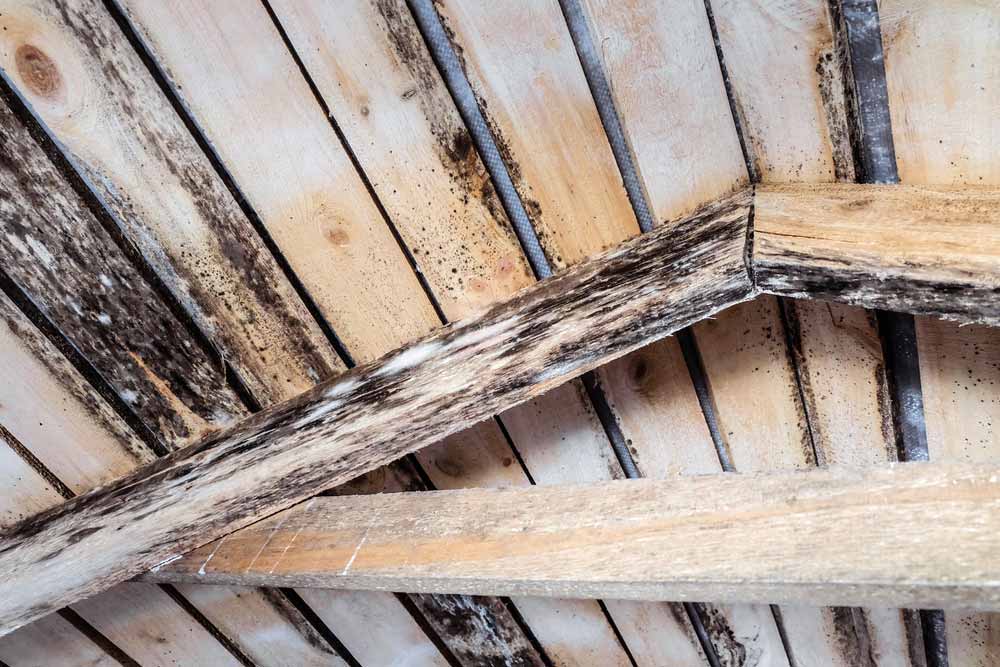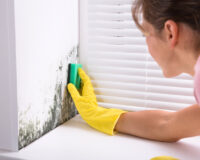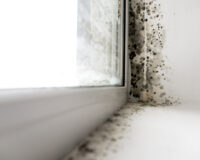Discovering mold on your ceiling can initially feel alarming. Visions of black mold on the ceiling damaging your health and home might flash through your mind. However, it’s essential to approach the situation with a balanced perspective.
While mold can pose problems, it’s not always a disaster waiting to happen. Let’s demystify ceiling mold, addressing concerns, causes, and solutions, aiming to replace panic with practical steps.
Is It Bad to Have Mold on Your Ceiling?
Mold, including various types of mold on the ceiling, can be a concern due to potential health issues and its indication of underlying problems, like water damage or poor ventilation. People with sensitive immune systems may experience skin irritation or respiratory issues upon exposure to mold spores. Therefore, while not all mold spells doom, it’s crucial to address it promptly to maintain a healthy living environment.
What to Do If You See Mold on Your Ceiling?
Spotting mold shouldn’t lead to panic. Here’s a pragmatic approach to dealing with ceiling mold:
- Identify the Mold: Not all mold is the feared black mold. Various types of mold can appear on ceilings, many of which are less harmful and easier to treat.
- Mold Remover Solutions: For small areas (less than about ten square feet), you can often tackle the mold yourself using over-the-counter mold remover products found at stores like Home Depot. A solution of part water and part vinegar or bleach can also be effective for cleaning mold and mildew. Use a scrub brush to gently remove the mold from the affected area, ensuring you wear protective gloves and a mask.
- Ensure Proper Ventilation: Keep the area well-ventilated during and after the cleaning process to help prevent the regrowth of mold.
What Causes Mold on Ceilings?
Understanding the causes of ceiling mold can help in preventing future growth. Here are the primary culprits:
- Water Damage: Leaks in the roof or upper floors can introduce moisture into ceiling materials, providing a breeding ground for mold.
- Poor Ventilation: Bathrooms and kitchens, in particular, can suffer from inadequate ventilation, trapping moisture and encouraging mold growth, especially on bathroom ceilings.
- Condensation: Differences in temperature can cause condensation on ceilings, particularly in poorly insulated homes, fostering mold development.
How Do You Test for Mold on Your Ceiling?
If you’re concerned about the type of mold or its health implications, professional testing can offer peace of mind. Home inspectors can take samples and send them to a lab to determine the mold type and the best course of action. This step is especially recommended if the mold covers a large area or if you have health concerns related to mold exposure.
Preventing Ceiling Mold Growth
Prevention is always better than cure when it comes to mold. Here are strategies to keep your ceilings mold-free:
- Address Water Leaks: Regularly check for and repair any leaks in your roof or plumbing to prevent moisture accumulation.
- Improve Ventilation: Install exhaust fans in high-moisture areas like bathrooms and kitchens to help remove moisture-laden air.
- Maintain Humidity Levels: Use dehumidifiers or air conditioners to keep indoor humidity levels between 30% and 50%, making it less conducive for mold to grow.
The Bottom Line
While finding mold on your ceiling can be concerning, it often doesn’t signal the end of the world. With a clear understanding of the causes and solutions, you can effectively tackle most mold issues using standard cleaning supplies and practices. For peace of mind and health, addressing underlying problems and improving ventilation can prevent future mold growth, ensuring your home remains a healthy, happy place.
Remember, encountering mold on your ceiling is an opportunity to investigate and address the root causes, safeguarding your home against potential damage and health risks. So, before you assume the worst, take a deep breath, assess the situation, and consider reaching out to a professional if the mold problem seems beyond your control.
With the right approach, getting rid of mold and preventing its return is entirely achievable, keeping your ceilings clean and your mind at ease.







